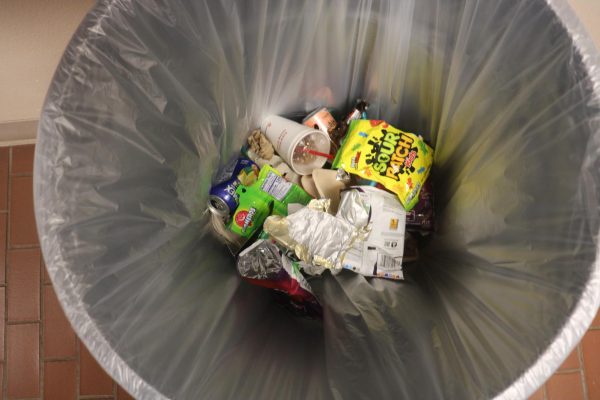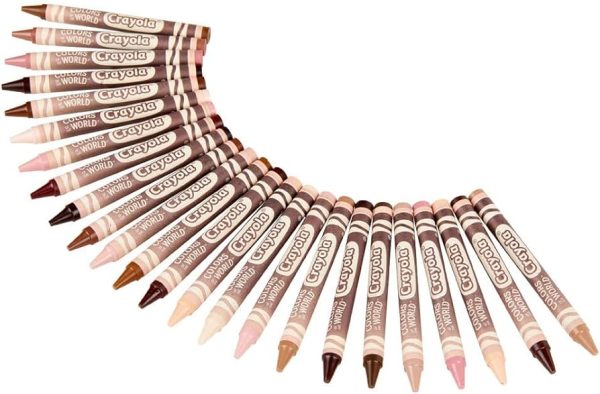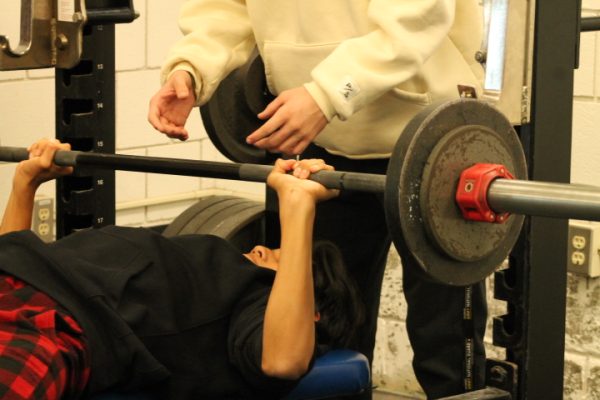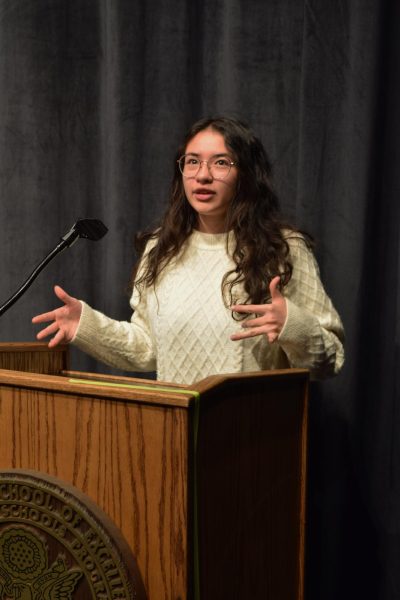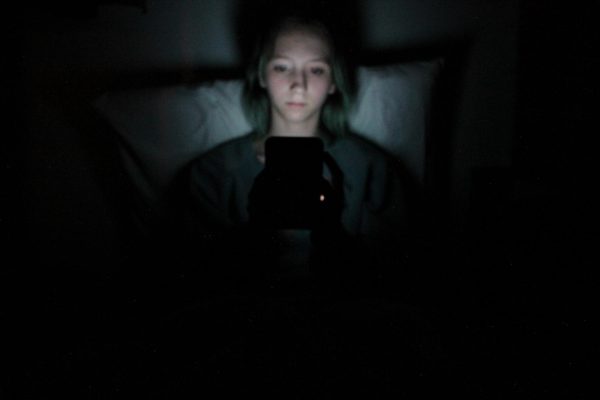How Do You Promote Diversity Within A Minority?
Asian Leadership Organization Looks to Increase Participation Across All Asian Ethnic Groups
Courtesy of Tanishqa Puhan
Senior Daniel Skhisov, senior Mikael Miao, and senior Wonbin Choi pose for a picture during a Spam Musubi cooking night hosted by Creek’s Asian Leadership Organization (ALO). Cooking Spam Musubi allowed ALO to help club members learn more about different cultures while also having a fun night together as a club. “One of the biggest ways that people who are of different cultures understand each other is through food,” senior and current ALO co-president Tanishqa Puhan said. “I think I’ve learned more about different countries by eating their dishes than I have actually talking to someone from there.”
May 16, 2023
Boba tea days, movie nights, and cooking lessons are all common activities led by leaders in Creek’s Asian Leadership Organization (ALO) club.
While the club is a place for students of Asian descent to find a welcoming community, though the club is open to both Asian and non-Asian students, ALO is currently focusing on ways to get more students of South Asian and Southeast Asian descent to join.
“Asian Leadership binds up solidarity,” senior and current co-president Tanishqa Puhan said. “We all know that in the adult world and public society, there’s obviously a very big division between East Asians, South Asians, and Southeast Asians, and I feel like this division is what prevents Asian solidarity in areas where we could work together.”
The club aims to explore and share the cultures of various different Asian countries while uniting students because of their shared Asian identity, but it can be challenging when the majority of club members are from East Asian countries such as China, Japan, and Korea.
“It’s more important that anyone can feel included,” sophomore and future board member Andrew Huang said. “If that’s specifically towards Southeast and South [Asian] students, that’s great, but I think the general idea of just allowing more people to feel comfortable in the club and allowing more people to come to the club [is] great.”
Although there are not many non-East Asian students in ALO, representation among students of other Asian ethnicities has increased over the years. Puhan, who is Indian, has watched as more South Asian students joined ALO since she joined the club as a freshman. Current board member Carissa Pomeroy, who is Southeast Asian, doesn’t know of any other Southeast Asian students in the club.
“I’m the only Southeast Asian person that I know in ALO, and that’s a big problem,” Pomeroy said. “So, we’re trying to expand on that for next year. One of our biggest struggles with ALO is trying to expand the diversity.”
Within ALO itself, the different Asian ethnic groups tend to cluster together because these students are often more comfortable with people of the same ethnicity knowing that they share the same culture. They also might already have their own group of friends that they usually hang out with.
To help club members learn more about the variety of and differences between the cultures of different Asian ethnicities, ALO is looking to adapt its meetings as one way to encourage club members of all different Asian ethnicities to share aspects of their own cultures.
“One of these [unique] things about ALO is being able to share that culture and be so open about it, and not be ashamed of it,” Pomeroy said. “On top of that, [ALO can help with] sharing culture with people who don’t even know about it.”
Typical ALO meetings include a presentation on topics ranging in subject matter and depth from Chinese New Year celebrations to recognizing microaggressions and understanding the model minority myth and its impacts which states that Asians achieve greater success socially and economically.
This year, ALO hosted a new cooking night in Creek’s cooking room. The club made Spam Musubi, a Hawaiian dish, and Puhan and Huang believe that hosting engaging activities like cooking can help club members make friends outside of their usual friend groups. “We could definitely get these groups to come together,” Huang said.
Besides being a tasty incentive, food provides a quick and easy way to teach and learn about different cultures.
“One of the biggest ways that people who are of different cultures understand each other is through food,” Puhan said. “I think I’ve learned more about different countries by eating their dishes than I have actually talking to someone from there.”
Puhan believes that people from Asia, regardless of geographical region, often face similar issues such as the model minority stereotype along with other stereotypes such as that all Asians are adept in STEM and STEM-related classes and fields. Because of these common issues, having more representation across the Asian diaspora can help the club deepen their understanding of some of these issues and combat them through a wider lens.
According to a Pew Research study where respondents were Asian adults living in the U.S., most respondents agreed that people from East Asian countries such as China and Korea are Asian, while people from Central Asia, Southeast Asia, and South Asia were less likely to be seen as Asian.
Both Pomeroy and Puhan believe that the prominence of East Asian actors and actresses in the media can deepen a sense of disconnection between East Asians and other Asian ethnicities.
“People from India and the Middle East tend to get molded together into one big culture,” Puhan said. “‘Aladdin’ ended up mixing two very different areas together, but you see better representation with ‘Never Have I Ever’ and all these kinds of shows that make [Asian characters] less stereotypical. Obviously there are some very stereotypical characters like Baljeet from ‘Phineas and Ferb,’ Ravi from Jessie, but it’s getting better in that sense.”
While Asian representation in media has expanded and can accurately depict Asian characters, Puhan believes that “there’s still a long way to go” to distinguish between all of the cultures in Asia.
Although being a member of ALO can look fantastic on college applications, Huang believes that ALO brings much more to Creek’s community.
“Once people really engage with the club and actually join the club, I think that you’ll see that people are definitely there because they want to be in the club for the social aspects or the fun aspects of ALO,” Huang said.

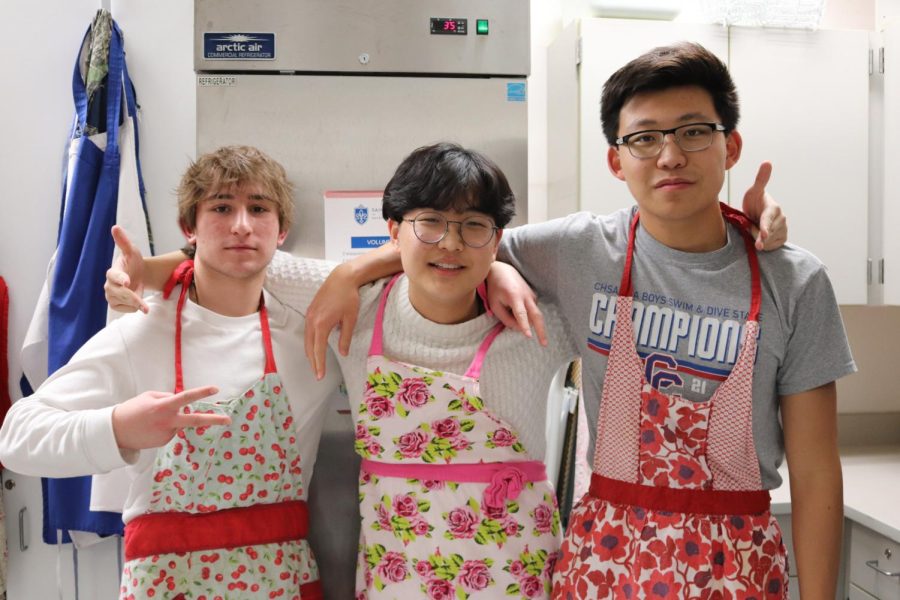
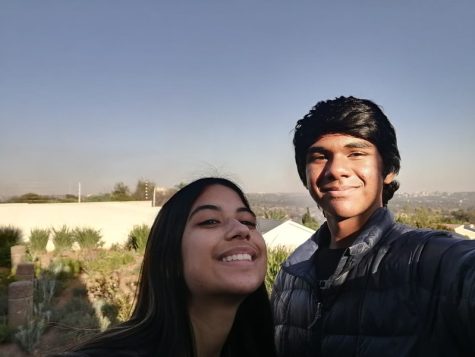
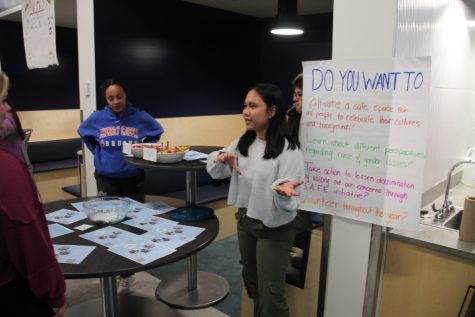

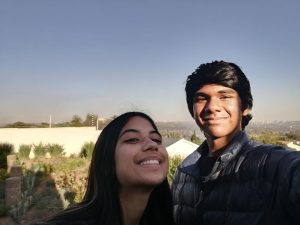
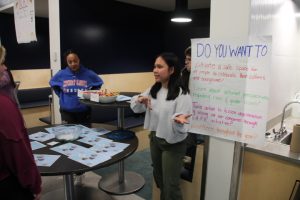

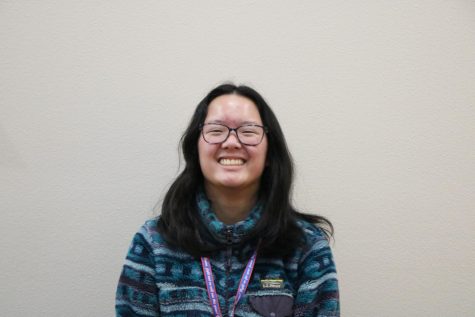




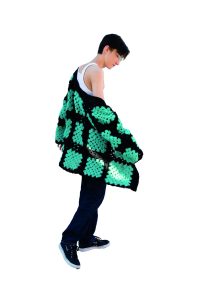


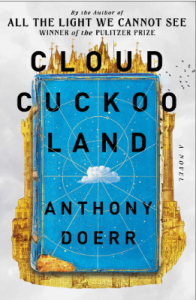

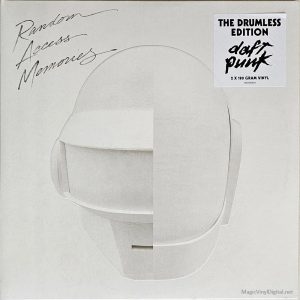
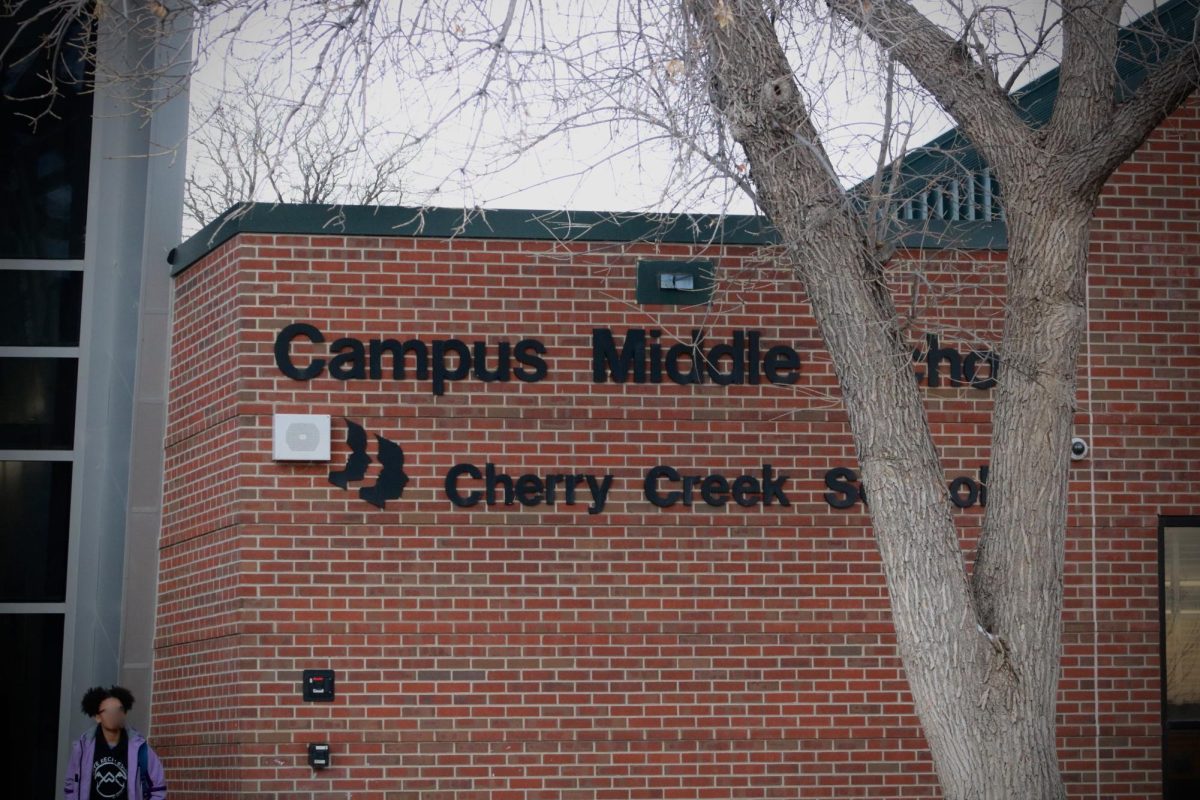

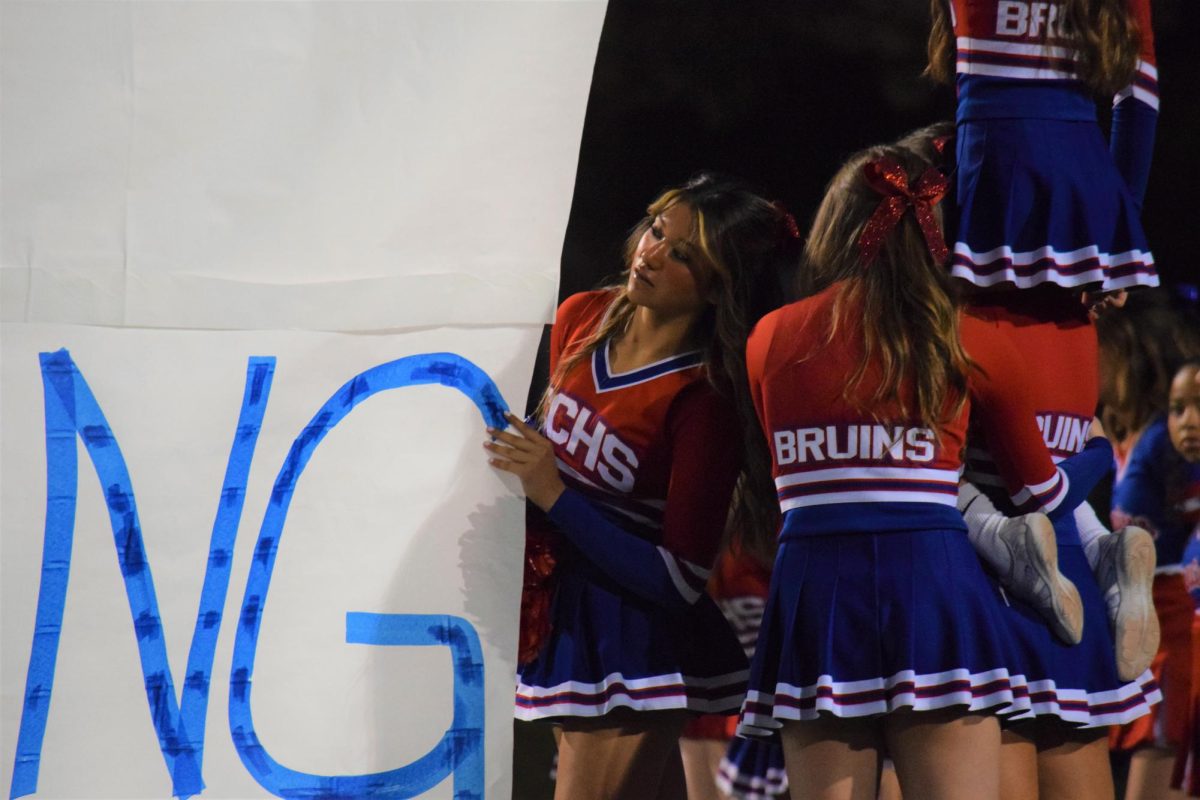


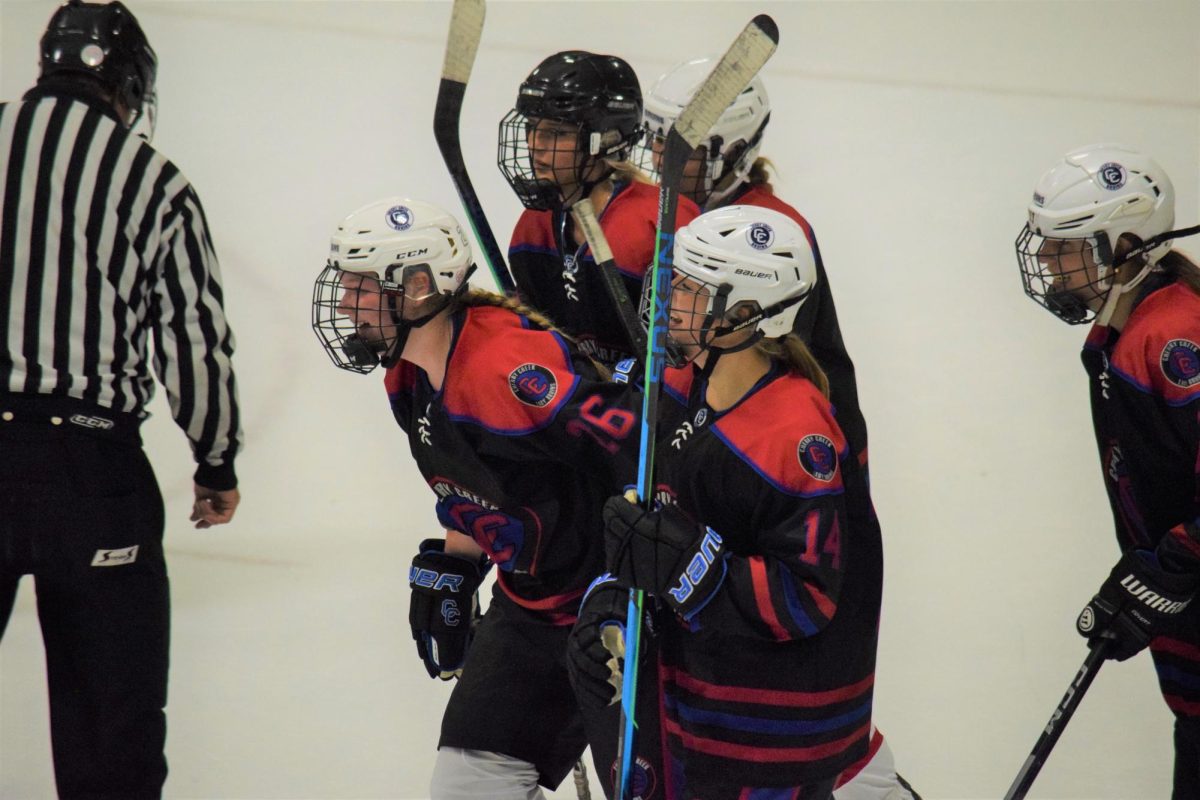
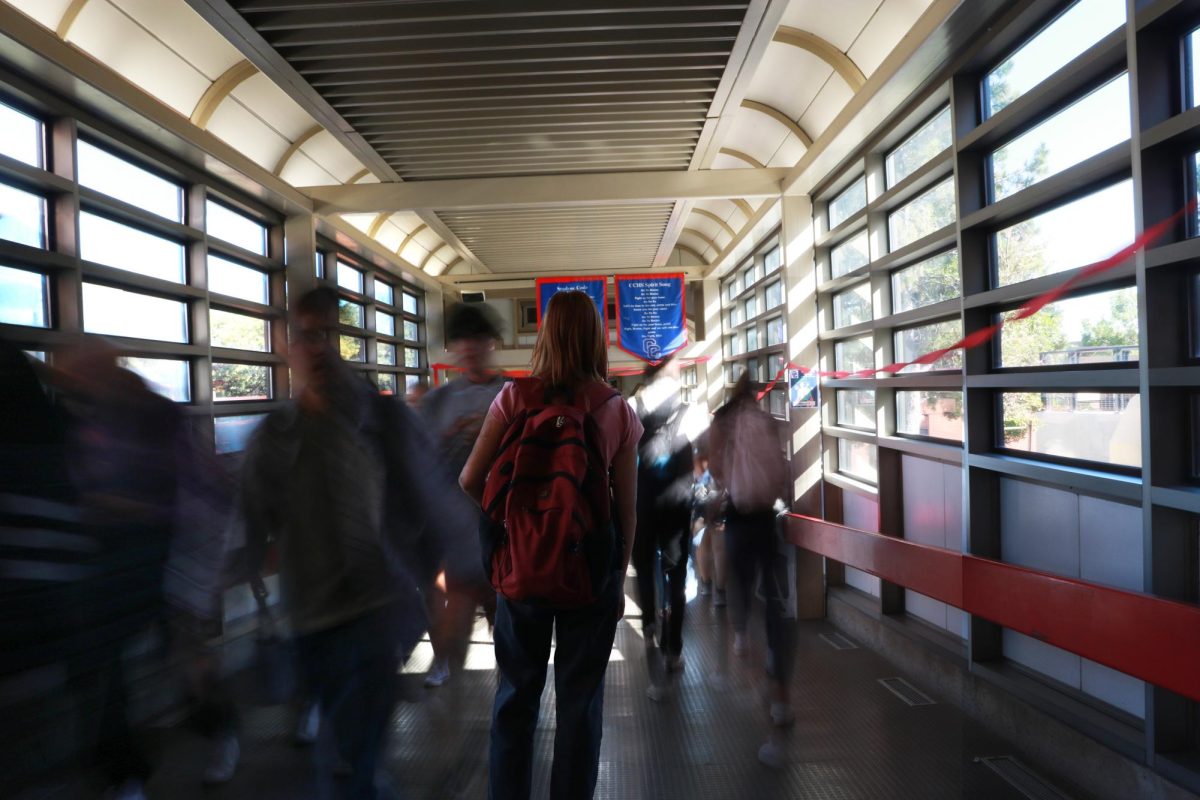
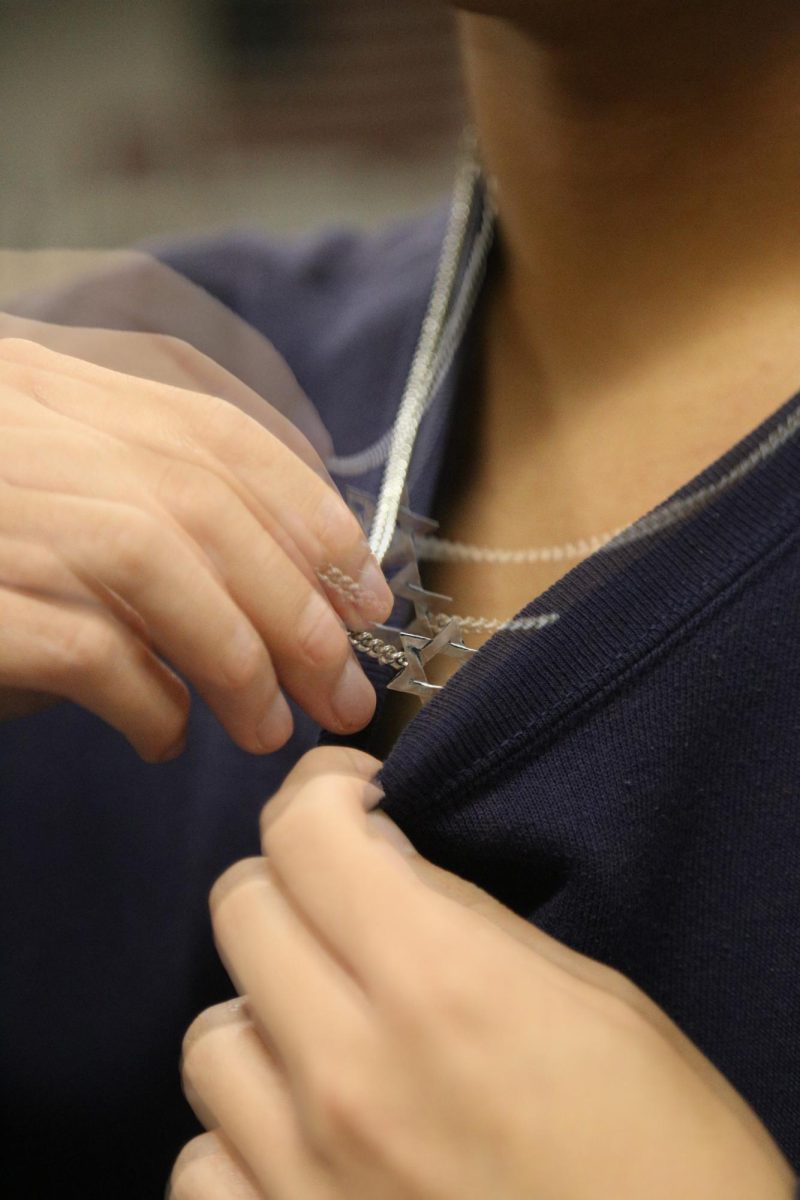
![In a recent surge of antisemitism nationally, many have pointed towards social media and pop culture as a source of hate. “Many far-right people have gone on [X] and started just blasting all their beliefs, Sophomore Scott Weiner said.](https://unionstreetjournal.com/wp-content/uploads/2023/10/antisemitism-popculture-2-1200x675.jpg)
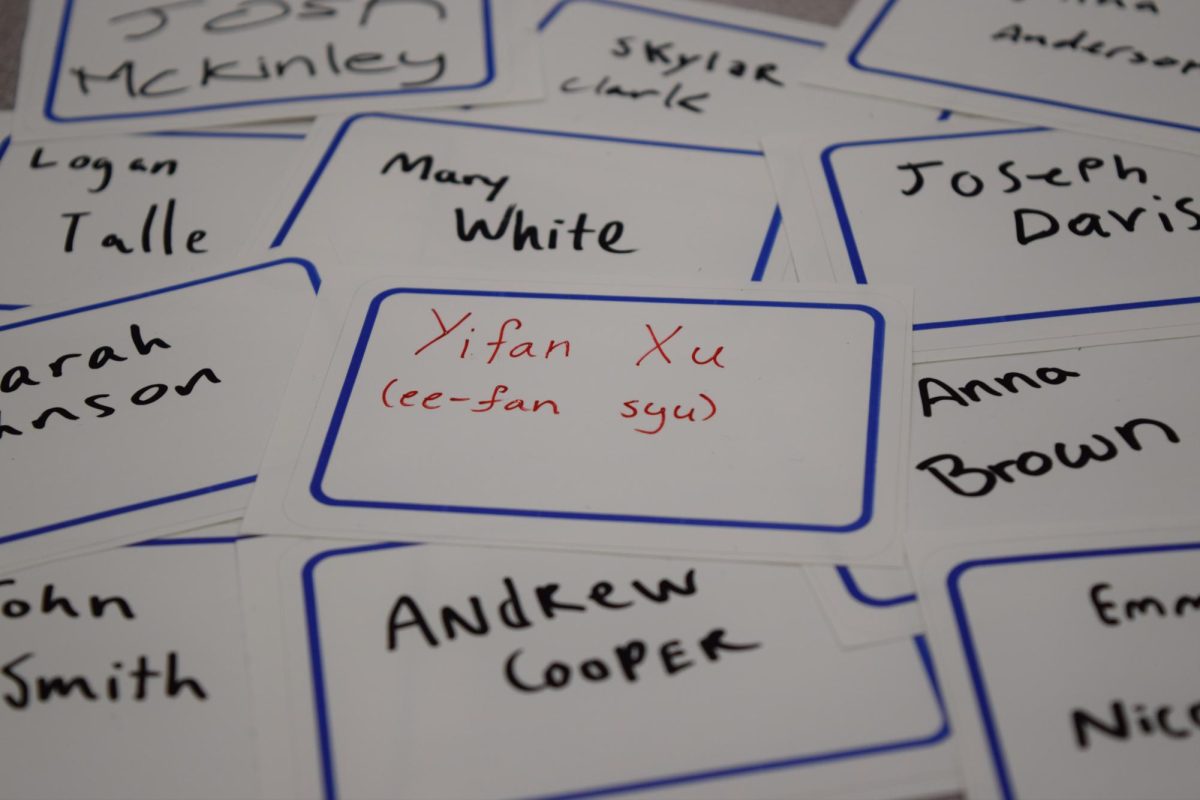
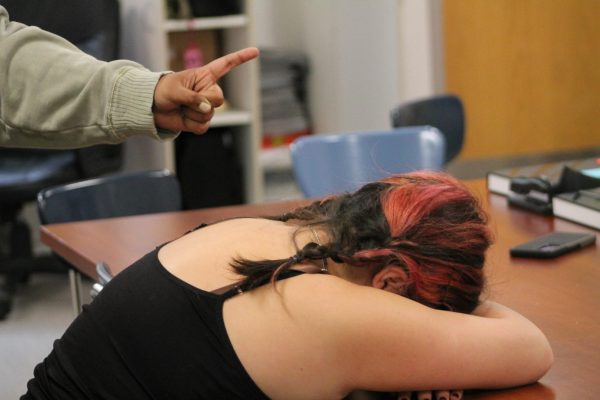
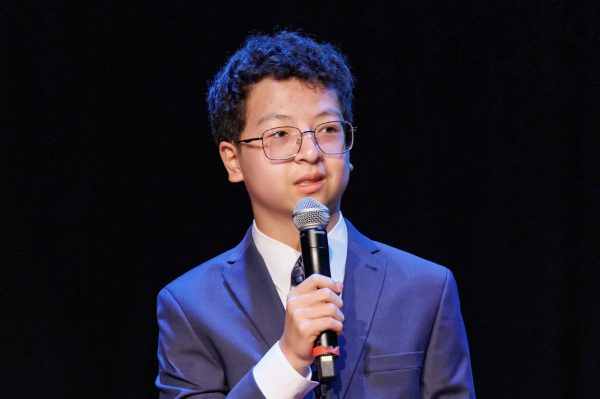
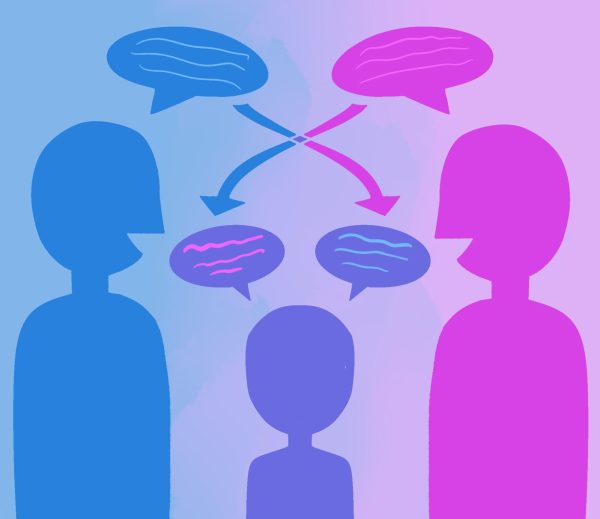
![Creek Unified, the program that promotes inclusion of those with disabilities, through team sports. “I like unified [because] I get to see my friends,” Debolt said. “And I like to play [with] all the boys.”](https://unionstreetjournal.com/wp-content/uploads/2024/04/thumbnail_WrynsEditsFINAL-email-new-keep-final-copy1-600x436.jpg)
